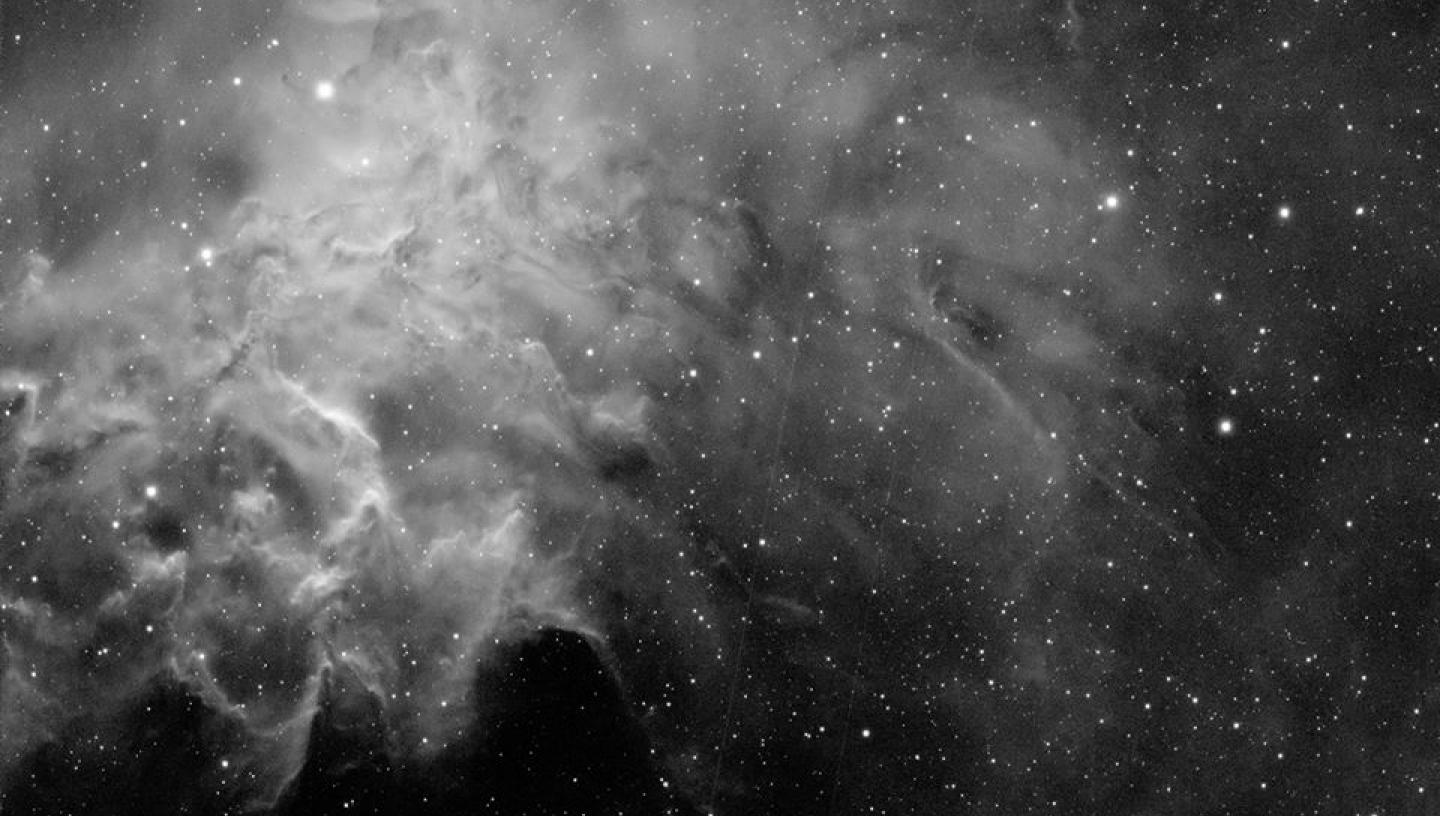
Discover what to see in the sky during March 2020, including the full moon supermoon.
By Dhara Patel, Astronomy Education Officer
(Details given are for London and may vary for other parts of the UK).
Top 3 things to see in the night sky in March:
- 2 March: Look for the star Aldebaran beside the first quarter moon.
- 9 March: Catch the full moon supermoon in the constellation of Leo.
- 24 March: Spot Venus after sunset as it reaches greatest eastern elongation.
Look Up! Podcast
Subscribe and listen to the Royal Observatory Greenwich's podcast - Look Up! As well as taking you through what to see in the night sky each month, Royal Observatory Greenwich astronomers pick their favourite astro news stories to talk about. For March, they're chatting about the end of the NASA Spitzer space telescope and launch of the ESA Solar Orbiter mission along with Carl Sagan and the 30th anniversary of the iconic Pale Blue Dot photograph. Have a listen below, then vote for your favourite news story on our Twitter poll (@ROGAstronomers) during the first week of the month.
Our podcast is available on iTunes here
Astronomy in March 2020: key events and what to see
2 March: Aldebaran and the first quarter moon
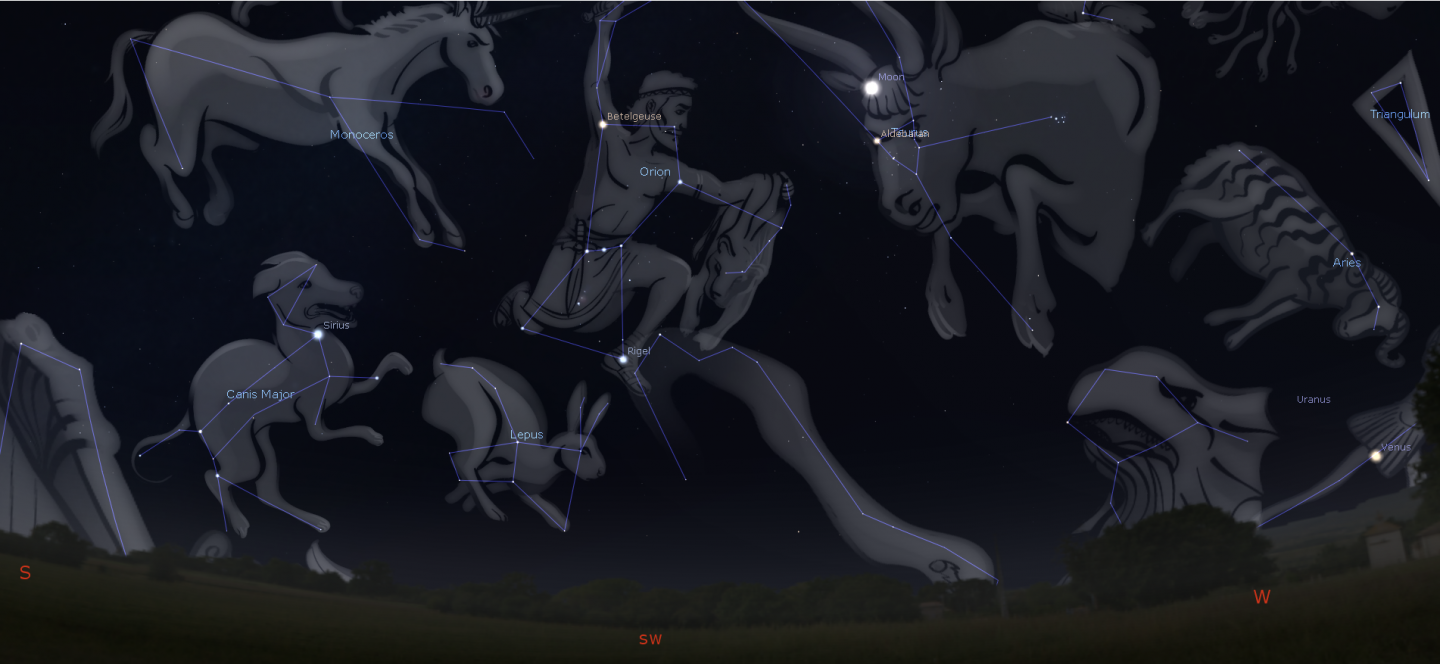
The Moon reaches first quarter on 2 March and it’s a great time to look for craters on the Moon. Using a pair of binoculars or telescope, look towards the terminator (the boundary between the illuminated and dark part of the Moon) as the shadows cast by the crater walls make them stand out much more. On this evening, the Moon will be in the constellation of Taurus the Bull beside the red giant star Aldebaran sometimes known as the star at the eye of the bull. Look towards the south-west in the early evening - this bright star can be seen from light polluted skies and if you give your eyes time to adjust to the darkness, you should be able to make out its red colour!
9 March: Full moon supermoon
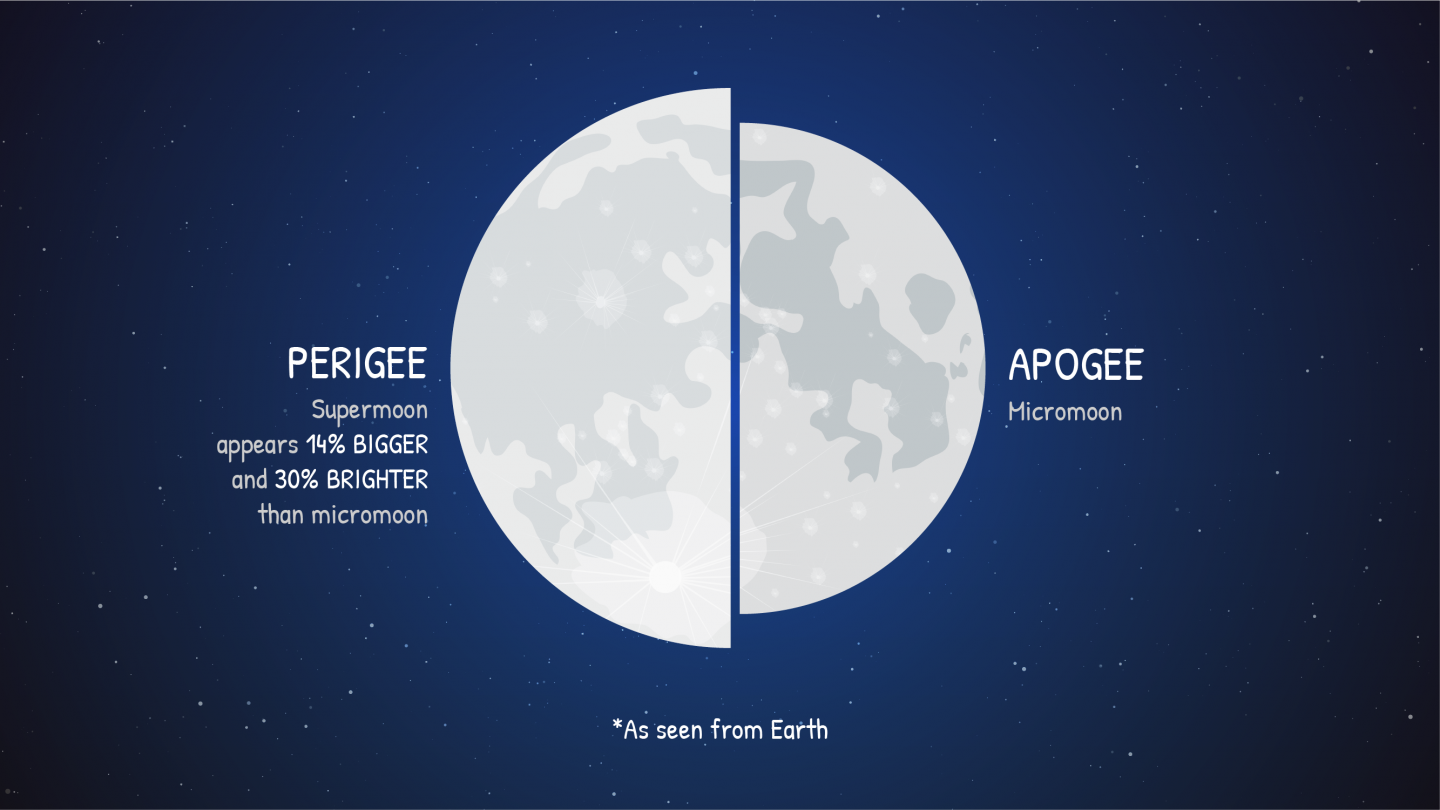
By 9 March, the Moon will reach its full moon phase – look towards the south-east in the early evening to see it. This month’s full moon will be a supermoon – in fact one of several supermoons this year. Because the Moon’s orbit isn’t a perfect circle, its distance from the Earth changes as it orbits the Earth. If the Moon comes within 90% of its closest approach to the Earth and it coincides with a full moon (or a new moon) we call it a supermoon. Due to its closer proximity the moon can appear 14% larger and 30% brighter compared to when it’s at its most distant. The April full moon will present the closest supermoon of this year and because there are no official definitions about what constitutes a supermoon, some are counting the February and May full moons as supermoons too.
Find out when the next full moon is
9 March: Full moon and the spring triangle asterism
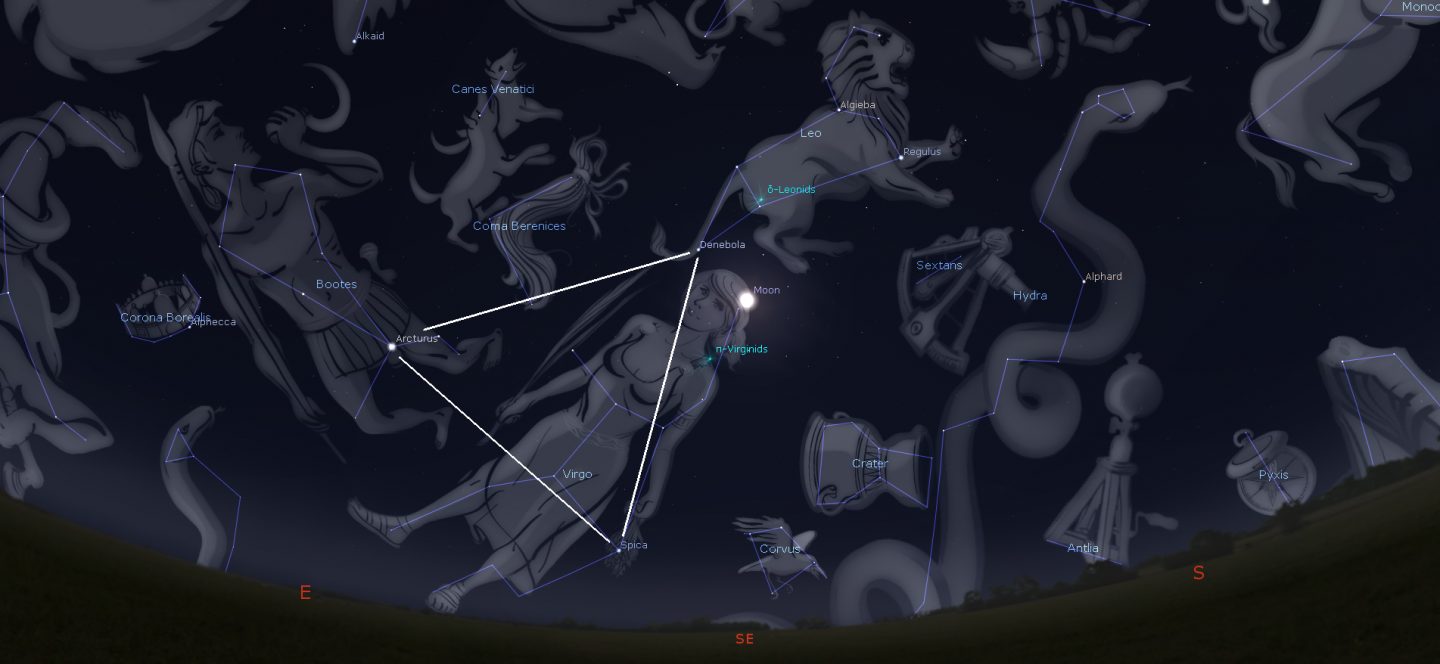
The full moon will appear in the constellation of Leo the Lion and will be seen beside the second brightest star in that constellation – Denebola. This star’s name is derived from the Arabic ‘Deneb Alased’ - meaning the tail of the lion. Denebola is one of the three stars of the spring triangle asterism (a familiar pattern of stars) along with Spica and Arcturus. However in this asterism, some people replace Denebola with Regulus (the brightest star in the constellation of Leo).
16-19 March: Last quarter moon, Mars, Jupiter and Saturn
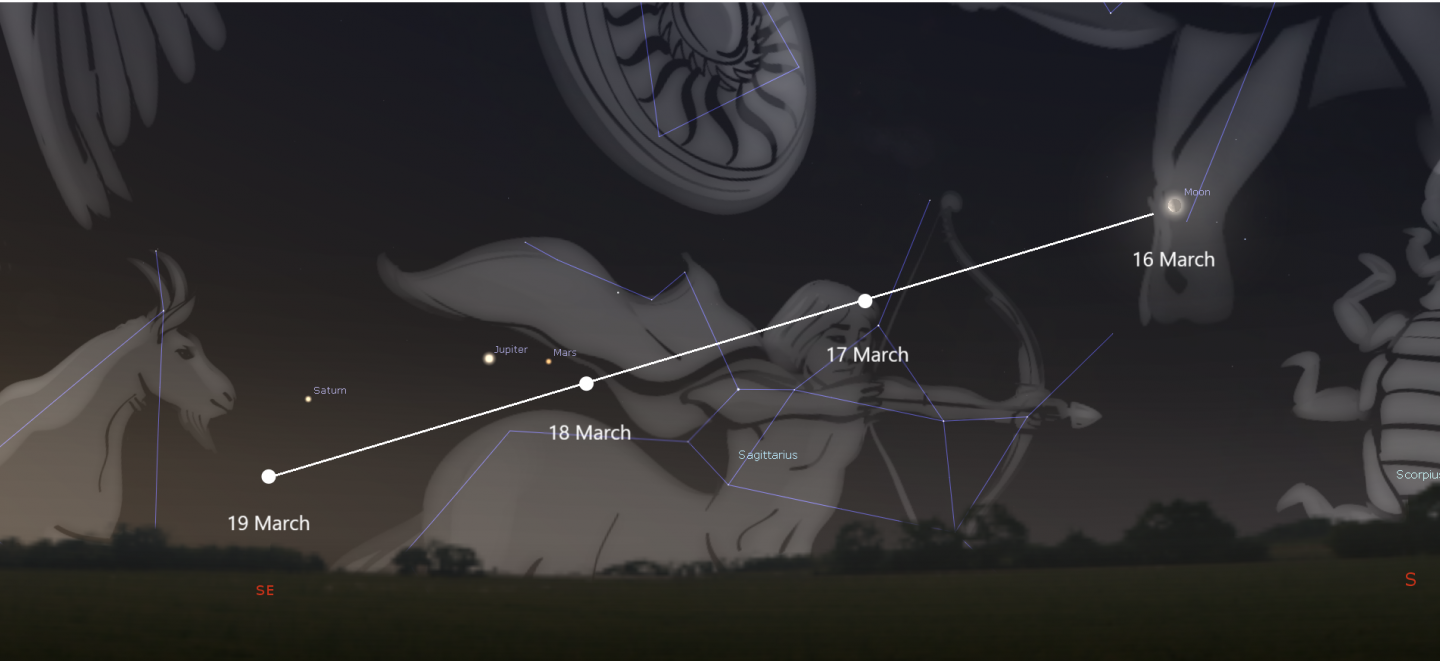
The last quarter moon falls on 16 March. Keep track of it over the next few days as by 18 March it will appear beside Mars and Jupiter in the predawn sky. And the following morning the Moon will be closer to Saturn. Look to the south-east just before the Sun rises to see this planetary buffet along with the Moon over the course of these few morning. Mars, Jupiter and Saturn are some of the naked eye planets and so are visible without the aid of binoculars or a telescope – they look like bright stars. Jupiter will be the brightest of this trio and Mars will have a reddish hue. Although they’ll probably be easier to locate with the Moon in proximity, the planets can be seen throughout the month and by the end of the March, Mars will sit closer beside Saturn than Jupiter.
20 March: Vernal (spring) equinox
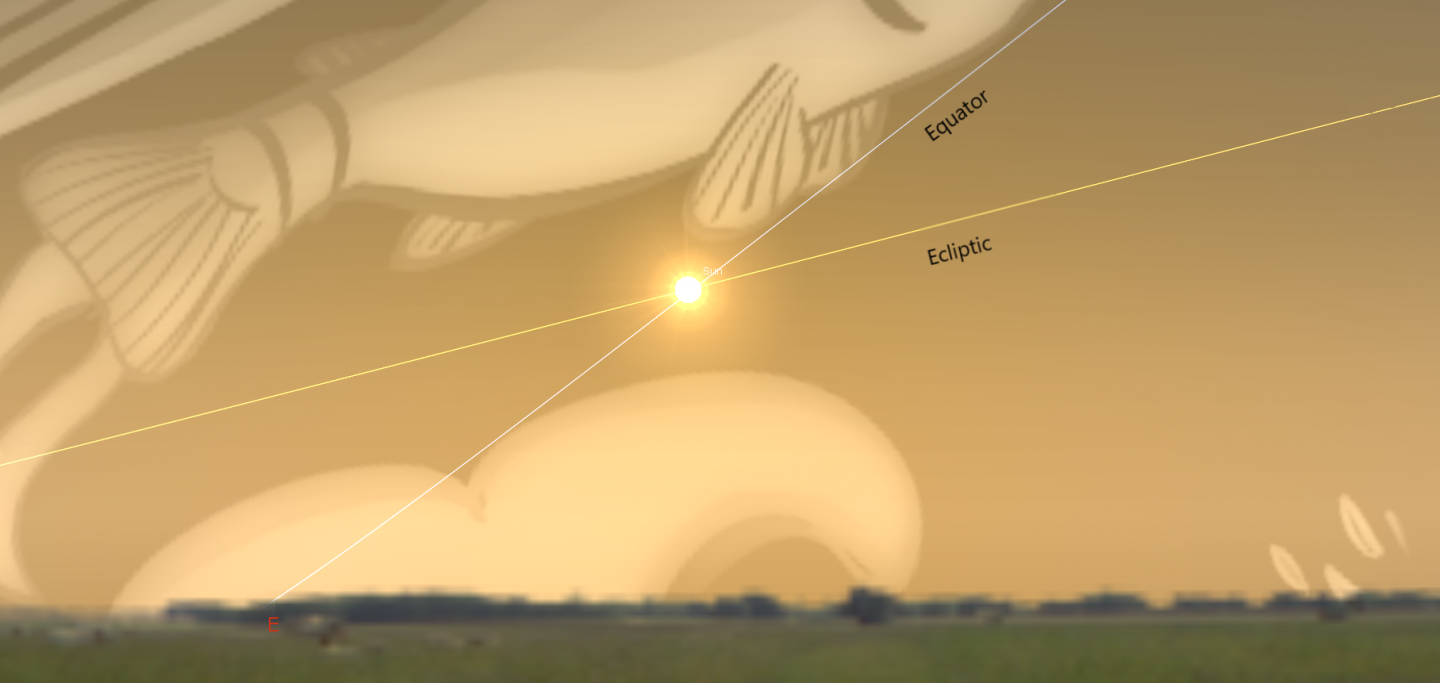
The March equinox occurs on 20 March. It’s known as the vernal equinox in the Northern Hemisphere and as the autumnal equinox in the Southern. It marks the first day of spring (vernal equinox) in the Northern Hemisphere and the first day of fall or autumn (autumnal equinox) in the Southern Hemisphere. At the equinox, the Sun will shine directly on the equator and there will be nearly equal amounts or hours of daylight and night throughout the world on this day.
Find out more about the spring equinox
24 March: Mercury and Venus
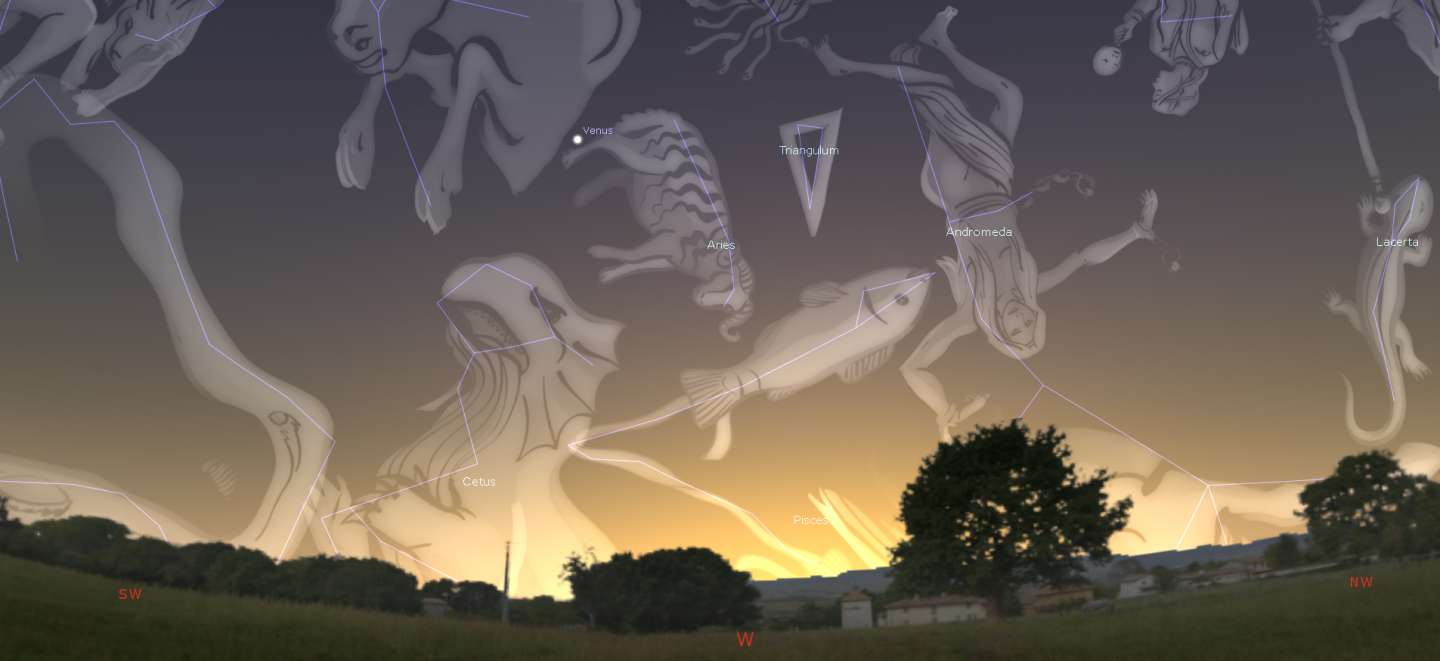
By 24 March, the Moon reaches new moon and will mark the beginning of another lunar cycle. It’s also when Mercury reaches greatest western elongation, meaning from our point of view on Earth, it will appear at its furthest point west of the Sun in its orbit. This makes it an ideal opportunity to view Mercury before the Sun rises. Even though Mercury is a naked eye planet, its fainter than the others and will appear close to the south-eastern horizon so will still be a challenge to spot. 24 March also marks when Venus (the fifth and final naked eye planet) is at greatest eastern elongation – so it will appear at its furthest point east of the Sun in its orbit. Again, this would make an ideal time to look for Venus – but in this case, look to the south-west just before sunset. Venus is much brighter and easier to spot. And at greatest eastern elongation, you’ll have the longest opportunity to watch Venus as it sets over four and a half hours after the sun.
Watch the 2019 Transit of Mercury
The Moon's phases this month
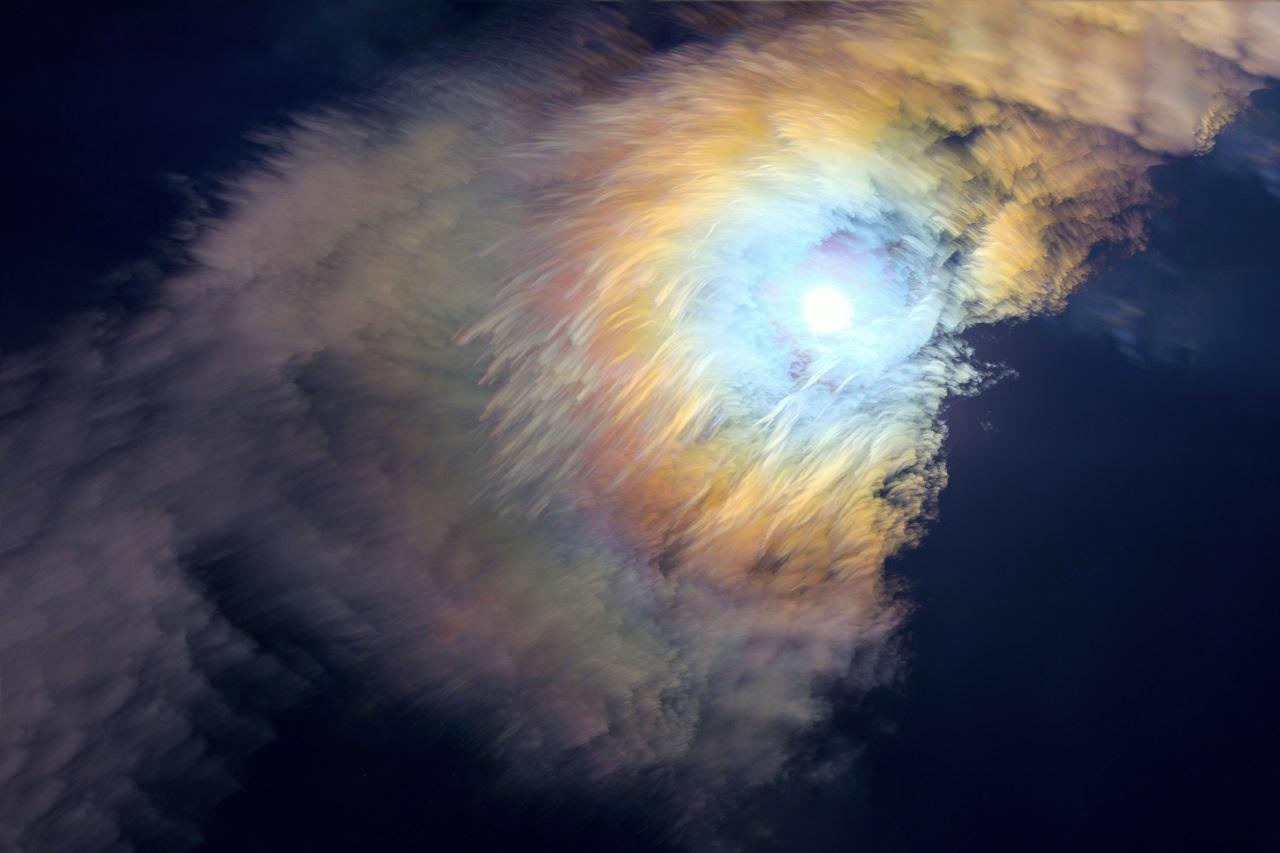
- 2 March - first quarter moon (7:57pm)
- 9 March - full moon (5:48pm)
- 16 March - last quarter moon (9:34am)
- 24 March - new moon (9:28am)
You can enter the 2020 Insight Investment Astronomy Photographer of the Year competition here. The competition closes at 12pm GMT midday on Friday 6th March 2020.
Stargazing Tips
- When looking at faint objects such as stars, nebulae, the Milky Way and other galaxies it is important to allow your eyes to adapt to the dark – so that you can achieve better night vision.
- Allow 15 minutes for your eyes to become sensitive in the dark and remember not to look at your mobile phone or any other bright device when stargazing.
- If you’re using a star app on your phone then switch on the red night vision mode.
- Need a stargazing telescope or binoculars? Check out our range of high quality observing equipment recommended by Royal Observatory Greenwich astronomers.
See our range of observing equipment
Share your astronomy pictures
Marvellous Moons exhibition
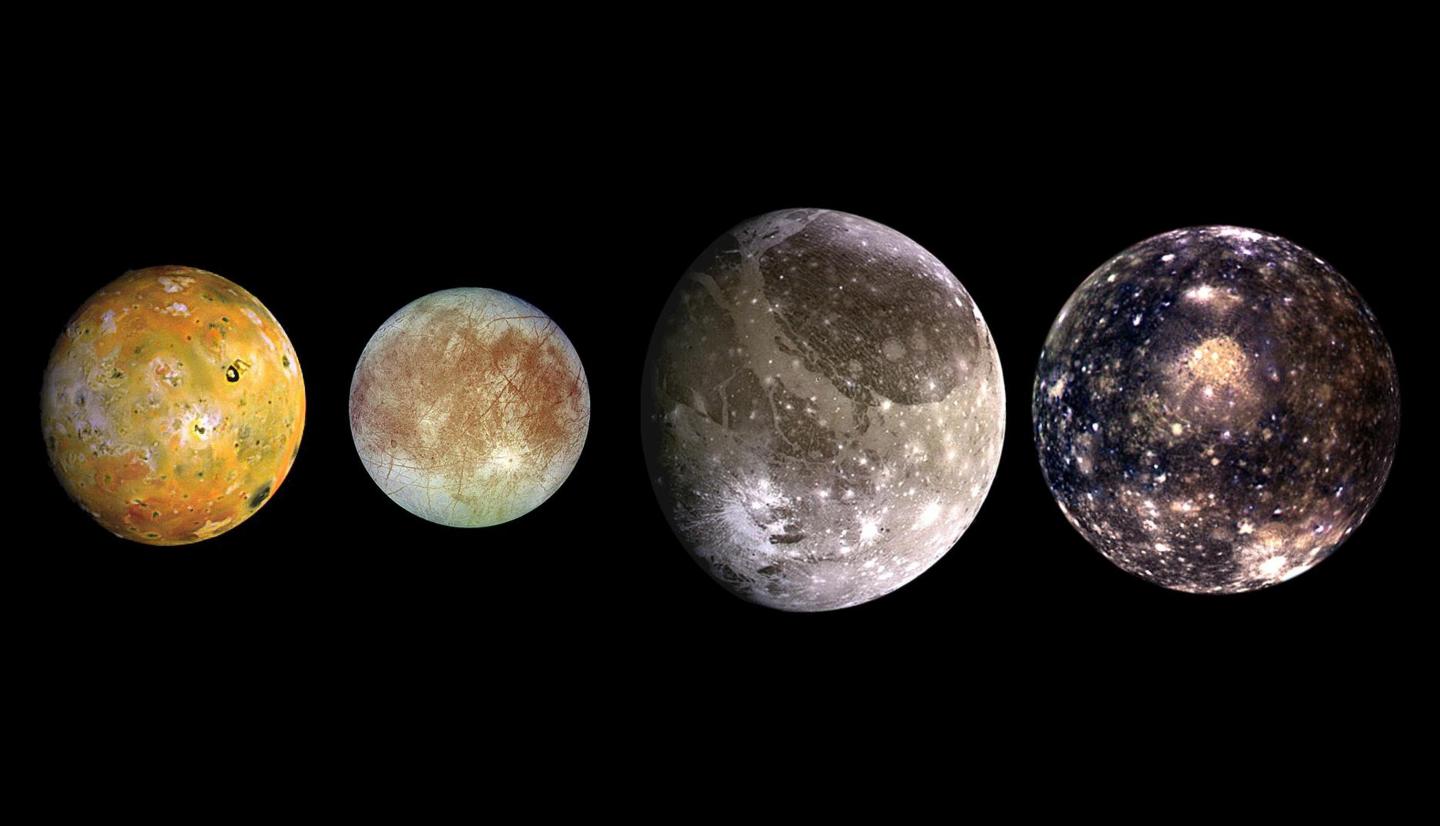
See more of the night sky
Resources for teachers and students
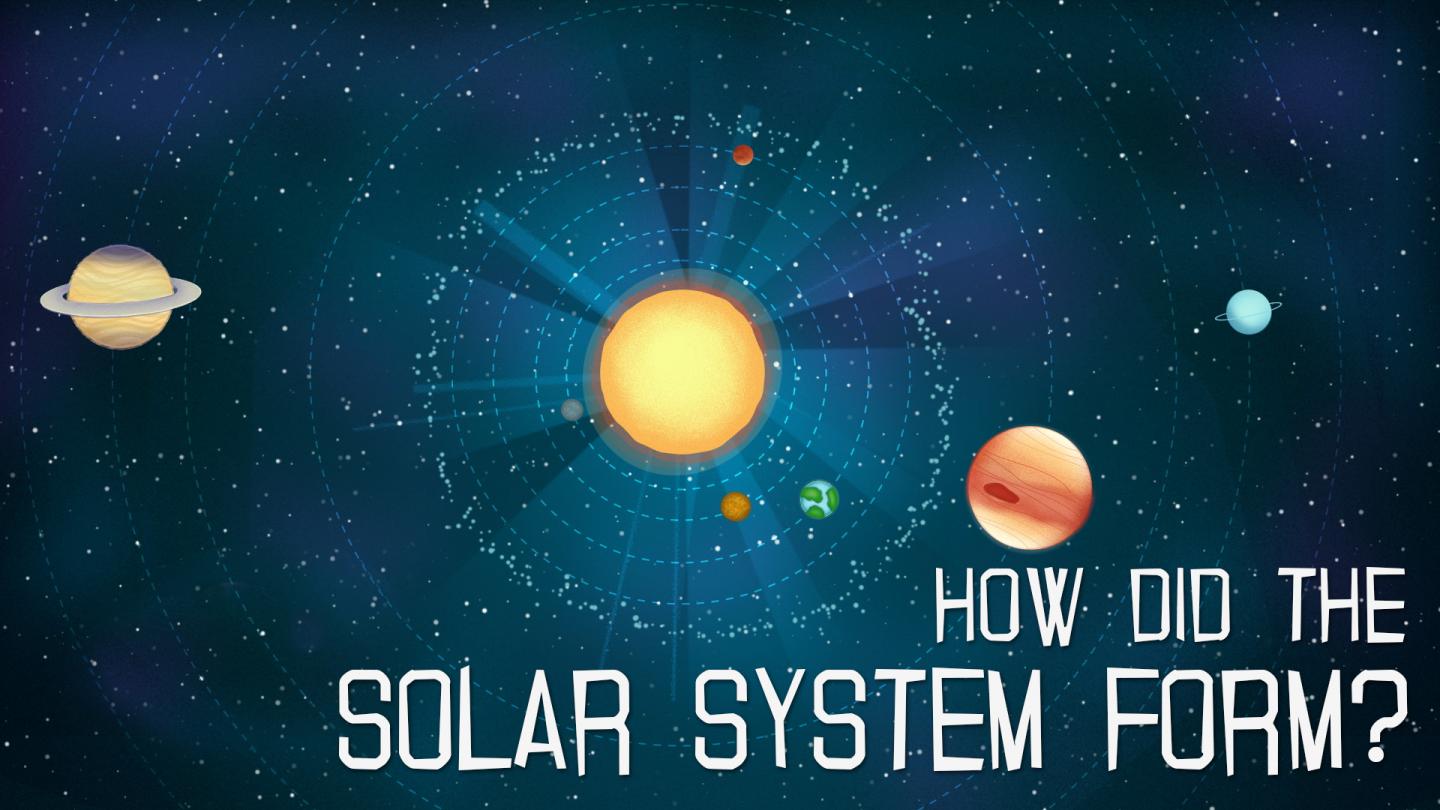
The Royal Observatory Greenwich's learning team has also created:
- Free animated videos that answer the biggest questions in astronomy and free resources to go alongside them.
- A whole host of podcasts featuring interviews with real space scientists, astronauts and active researchers working in UK universities.